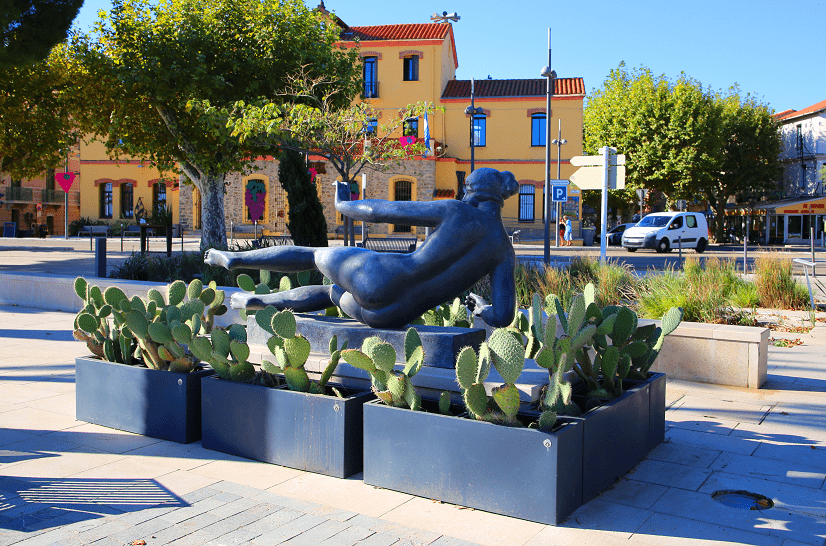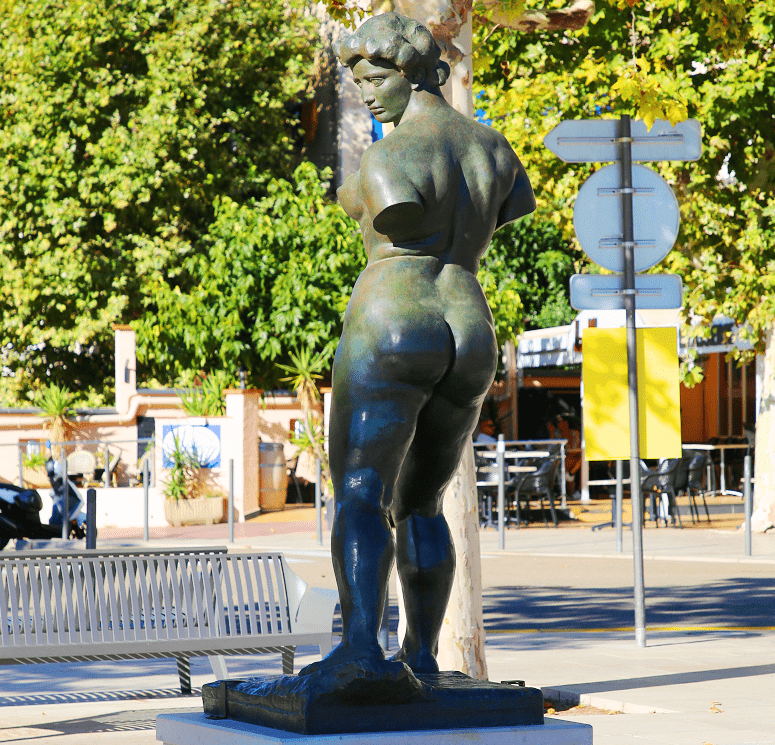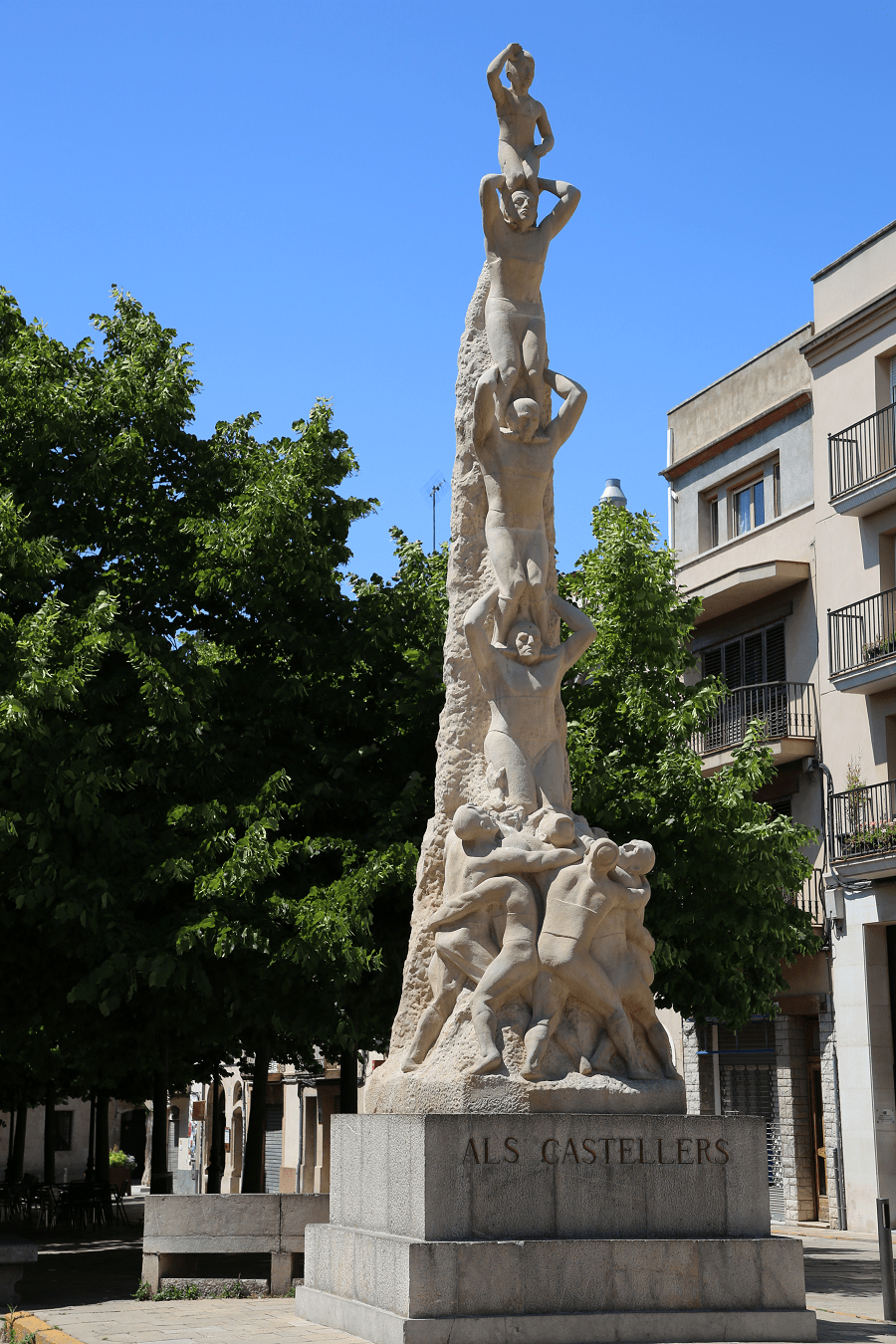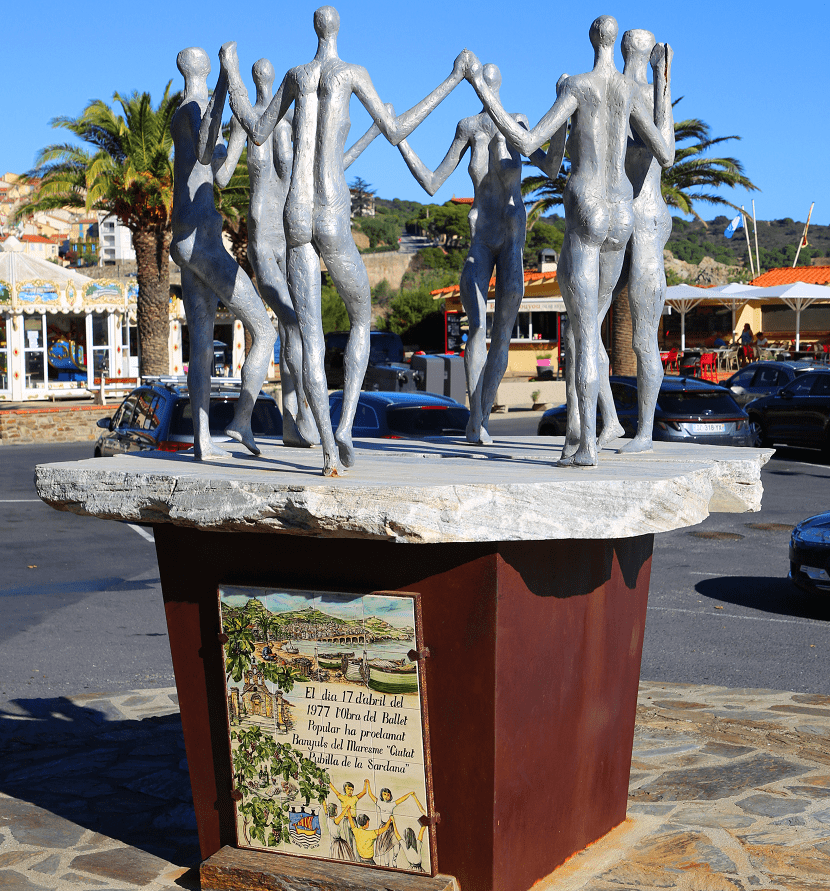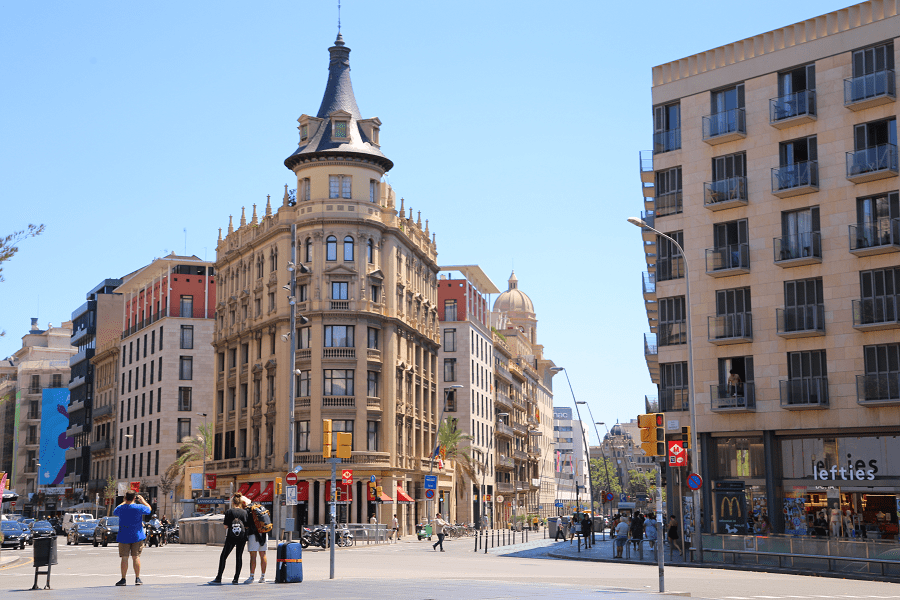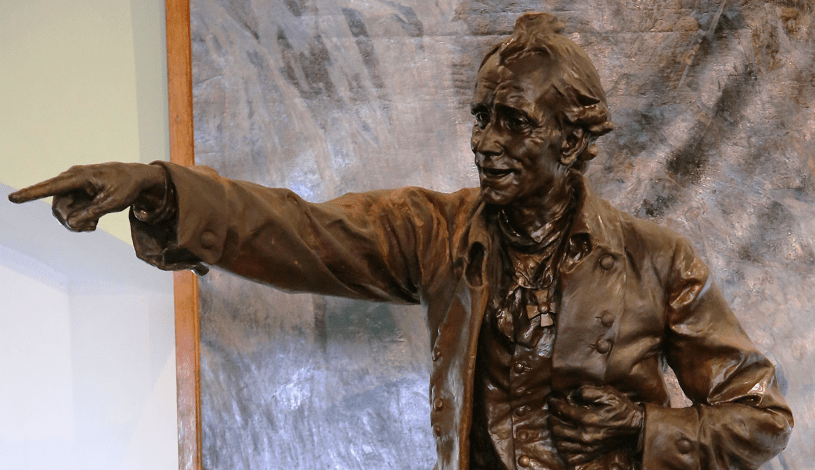Aristide Maillol, a French painter, engraver and sculptor, was born December 8, 1861 in Banyuls-sur-Mer (Occitania, France) and died there on September 27, 1944.
He began his career in painting and, very early on, became interested in decorative arts (ceramics and tapestry) before devoting himself to sculpture at the age of forty.
Aristide Maillol was one of the most famous sculptors of his time. His work, silent, based on full forms, developed from the study of the female nude and simplified to the point of purity, represents a true artistic revolution, anticipating abstraction.
His creations marked the turning point between the 19th and 20th centuries, inspired many great artists (including Henry Moore, Arp and Laurens) and found resonance in Picasso, Brancusi and Matisse.
Maillol’s work has garnered praise from great writers, such as Octave Mirbeau and André Gide, and the works of eminent art critics, such as Waldemar George and John Rewald.
In 2022, the Musée d’Orsay in Paris presented a retrospective, “Aristide Maillol,” (1861-1944) based on thirty-six sketchbooks, largely unpublished, which provided a new look at the genesis of certain works.
Main works
Mme Henry Clemens van de Velde (c. 1899)
The Mediterranean (1902-05)
Action in Chains (1905)
Flora, Nude (1910)
L’Été sans bras (1911)
Bathing Woman with Raised Arms (1921)
Nymph (1930)
The Mountain (1937)
L’Air (1938)
The River (1938–43)
Harmonie (1944)



